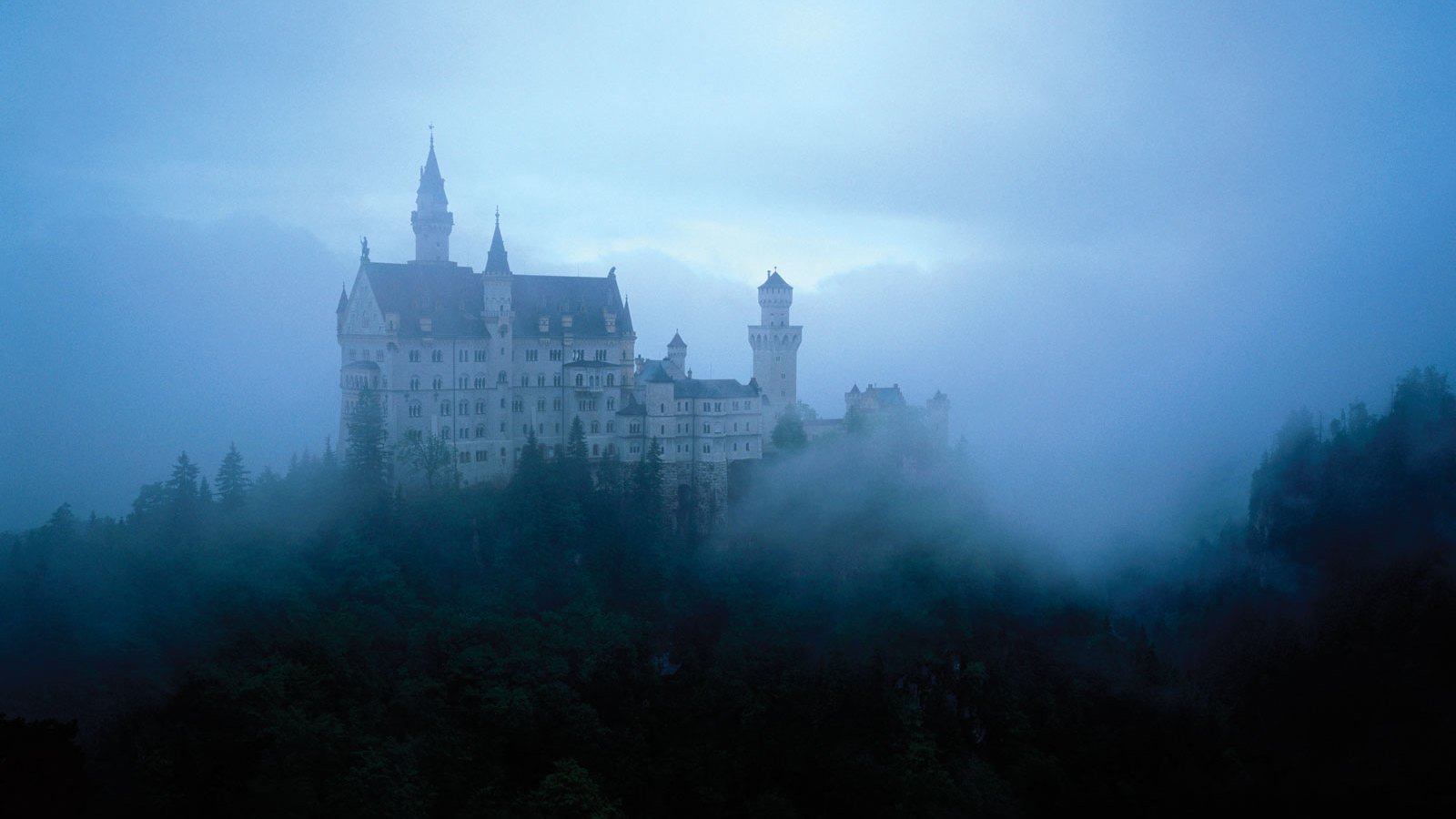Youthful Webern: “Im Sommerwind,” Idyll for Large Orchestra
The Austrian composer Anton Webern (1883-1945) is remembered as one of the principal exponents of the Second Viennese School. This group, which included Arnold Schoenberg and Alban Berg, pioneered the atonal and serial techniques which dominated much of twentieth century music. Webern explored this striking new kind of music with sparse, compact pieces such as Five Movements for String Quartet, Op. 5 and the quirky, twelve-tone Concerto for Nine Instruments, Op. 24. Im Sommerwind (“In the Summer …







